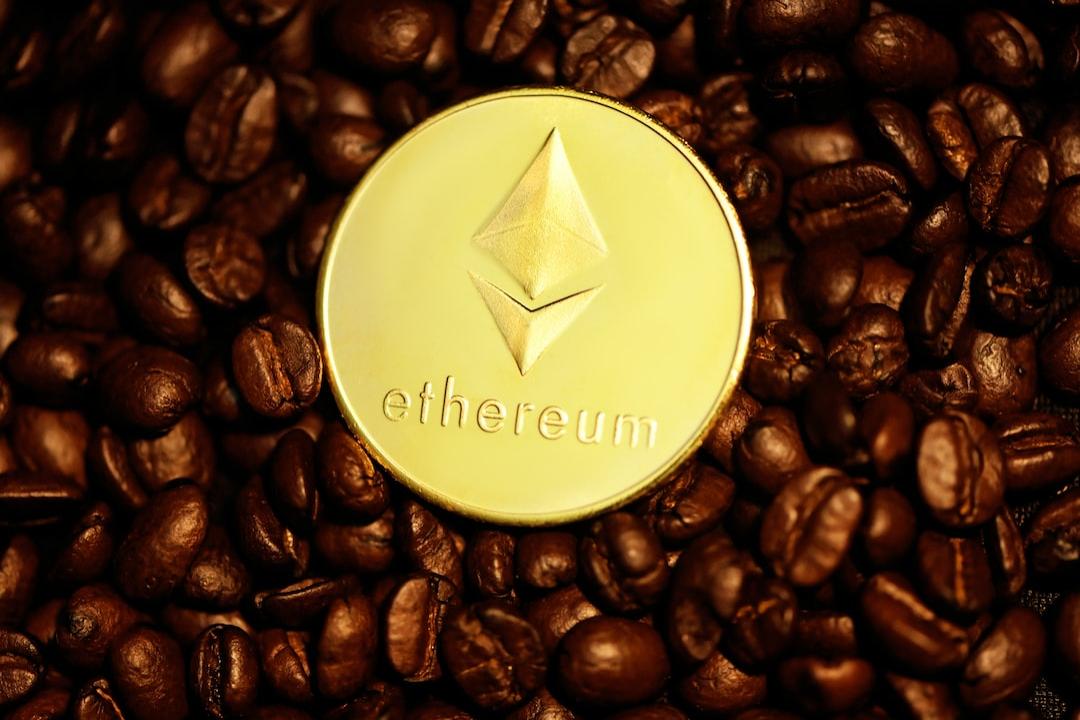Bitcoin’s price experienced a drop to $67,000 on October 21, wiping out the gains of the previous three days. Analysts believe that one reason for this correction is that investors are reducing their exposure to Bitcoin due to concerns about the impact of traditional markets. However, the metrics for Bitcoin derivatives remain stable, indicating that demand for these derivatives as a hedge remains steady. If there were expectations of further decline, there would be more volatility reflected in these metrics.
The Bitcoin futures premium, which is typically between 5% and 10% in neutral markets, was only slightly affected on October 21. The higher pricing of monthly BTC futures indicates a bullish sentiment when the premium exceeds 10%. The annualized premium remained above 9% on October 21, even as Bitcoin tested the $67,000 support level. However, it is important to confirm whether this sentiment was limited to Bitcoin futures markets. Based on price charts alone, it appears that Bitcoin’s price movement mirrored the intraday performance of the stock market.
Arif Husain, head of fixed-income at T. Rowe Price, stated that the US 10-year Treasury yield is expected to test the 5% threshold in the next six months. This is driven by rising inflation expectations and concerns about government fiscal spending. Yields increase when investors sell their bonds, indicating that traders are seeking higher returns. The government plans to issue new debt while the Federal Reserve is trying to shrink its balance sheet to curb inflation and prevent the economy from overheating. The US debt interest costs have exceeded $1 trillion annually, prompting the central bank to consider lowering interest rates.
Bitcoin’s price has yet to decouple from stocks, as fear, uncertainty, and doubt (FUD) have had a significant influence on its price trends. While Bitcoin is often seen as uncorrelated to traditional markets, recent data suggests that it has remained highly correlated with the S&P 500 over the past month. This is supported by the increasing correlation between Bitcoin and gold. Bitcoin options markets also reinforce the idea of derivatives resilience, as put options are trading at a discount compared to call options. Overall, derivatives traders did not panic in response to Bitcoin’s recent price decline, indicating resilience in the market.

